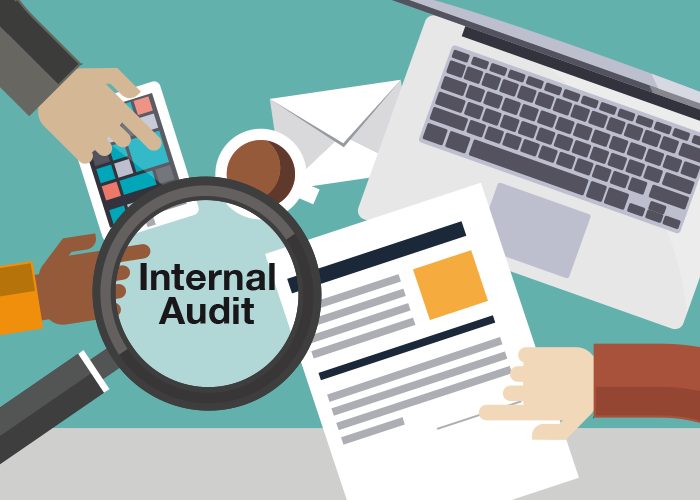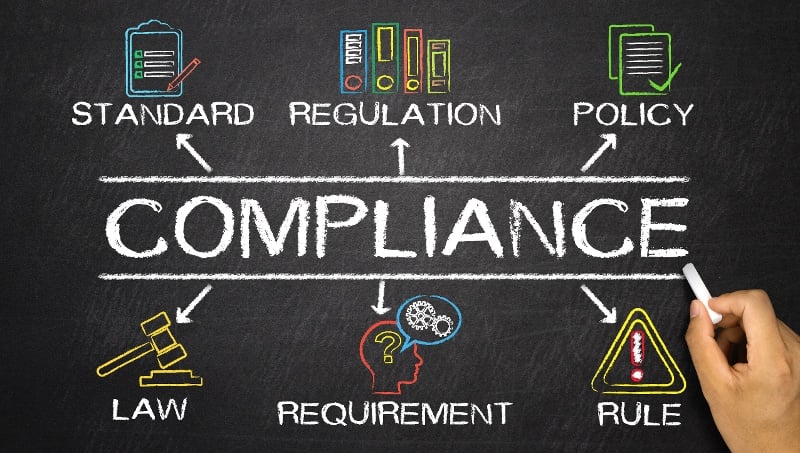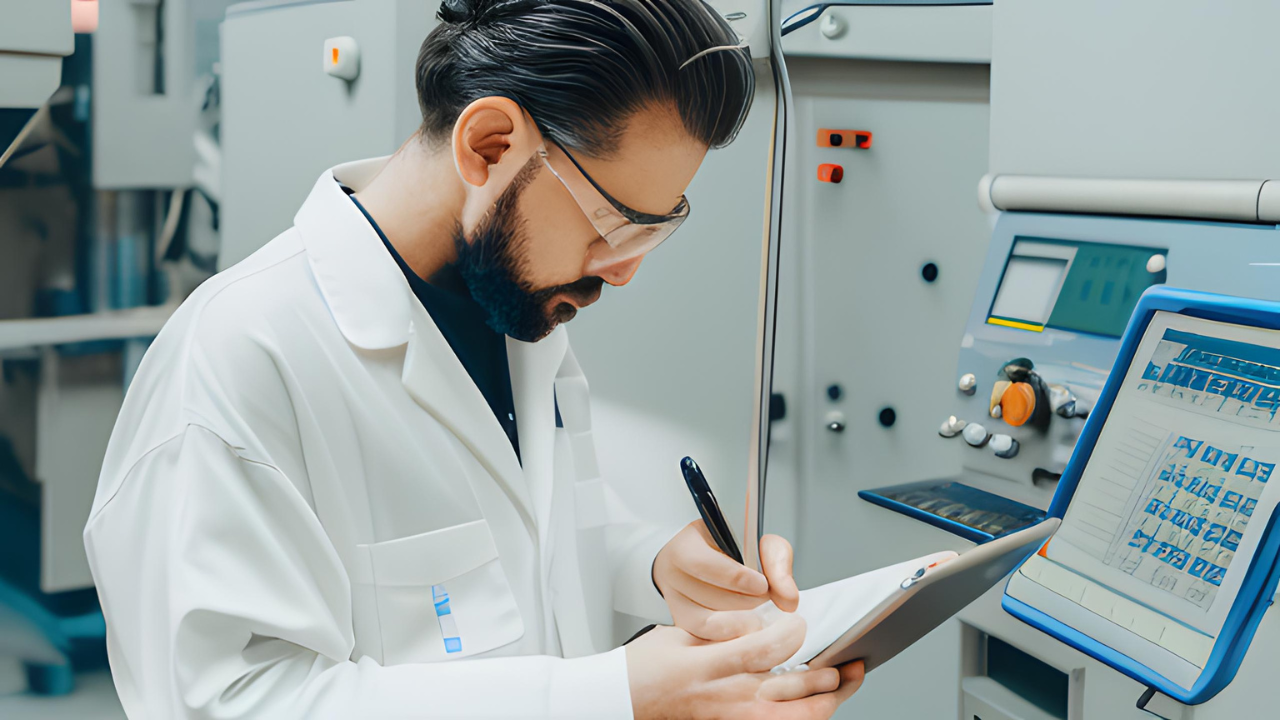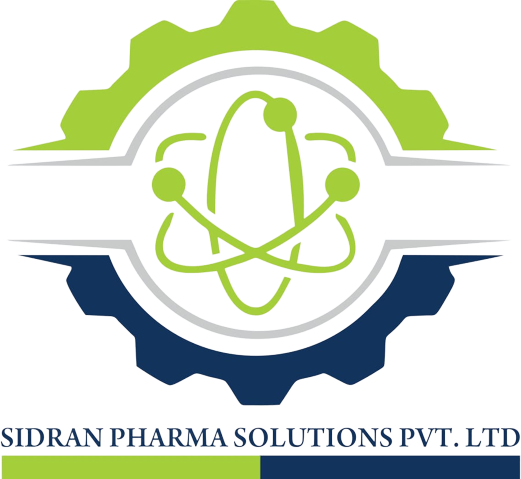Audit
A pharmaceutical quality audit is a systematic and independent examination wherein you will establish whether the activities that your company performs are compliant with standard regulations.
Quality audits, whether internal or external, are essential to a good pharmaceutical quality management system. With the help of quality audits, your pharmaceutical company will effectively evaluate compliance with regulatory requirements and get the required feedback, which is needed for improvement.


Types of Audits
Internal Audits
As a pharmaceutical company, you will audit your facilities, systems, and standard operating procedures (SOPs) under a process called internal auditing. These audits are conducted regularly, and you must have procedures and programs available for conducting such audits.
Using an audit management solution, you can facilitate planned internal audit activities by managing audit schedules, creating regular assignments, setting due dates, and automatically sending out notifications to the right people at the right time.
External Audits
External audits are also referred to as second and third-party audits.
Second-Party Audits
Second-party audits are conducted by parties interested in the audited company. They could be both customers and suppliers. Supplier audits come under second-party audits because as a manufacturer, you must know your supplier(s) thoroughly.
Third-Party Audits
Third-party audits are conducted by external independent organizations, such as notified bodies or authorities. Regulatory audits conducted by regulatory agencies also come under third-party audits.
In addition, regulatory bodies of one country may audit manufacturers based in other countries. For example, the FDA will audit your manufacturing plant located in Europe, if you are supplying medicines in the US.


Unannounced Audits
Manufacturers of pharmaceutical products are subject to random unannounced audits by regulatory agencies. Such audits can also include your third-party vendors who supply crucial raw materials for your products (i.e., unannounced supplier audits).
Such audits are carried out both in the European Union and the US, usually with some months of notice to allow for scheduling and traveling.
Compliance
Absence of written procedures or failure to follow written procedures
Probably the most significant concern for anyone responsible for implementing, deploying, and maintaining a quality management system is effectively documenting procedures and work instructions that are easy to understand and execute.
FDA CFR directs that pharma organizations must create written standard operating procedures (SOPs) for production and process control. These SOPs must include all requirements for drug identity, strength, quality, and purity.


Failures in laboratory controls
Laboratory controls do not include the establishment of scientifically sound and appropriate specifications, standards, sampling plans or test procedures designed to assure that components, drug product containers, closures, in-process materials, labeling or drug products conform to appropriate standards of identity, strength, quality, and purity
Pharmaceutical companies received 78 citations for not having scientifically sound laboratory controls last year. Scientifically sound laboratory controls provide accurate, trustworthy lab data.
Faulty production record reviews
There were 104 observations in 2022 of pharma companies that didn’t meet standards for the investigation of discrepancies or failures. CFR dictates that the pharma QC unit must review and approve all drug production and control records, including packaging and labeling records, to determine compliance with SOPs.
If there is a discrepancy or failure, the QC is responsible for performing a thorough investigation and creating a report that includes conclusions and follow-up actions. The QC unit and operations team should have a unified set of standards and SOP for batch record review to ensure there isn’t any confusion around parameters.


Improper cleaning /sanitizing/maintenance
FDA CFR dictates that equipment and utensils are sanitized, maintained, and cleaned appropriately to prevent malfunctions or contamination. In other words, if your company is making medicine, then the FDA wants to ensure that you’re working in a clean, sanitized environment.
Equipment and utensils are not cleaned, maintained, or sanitized at appropriate intervals to prevent malfunctions or contamination that would alter the safety, identity, strength, quality, or purity of the drug product.
